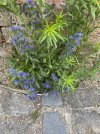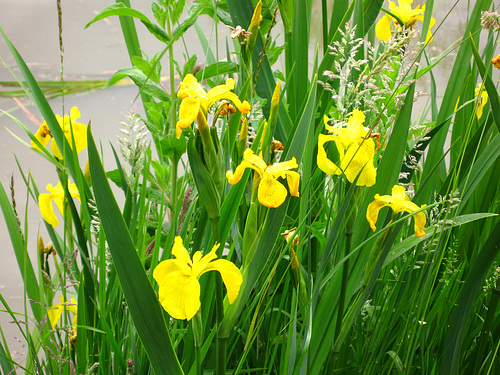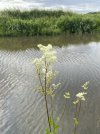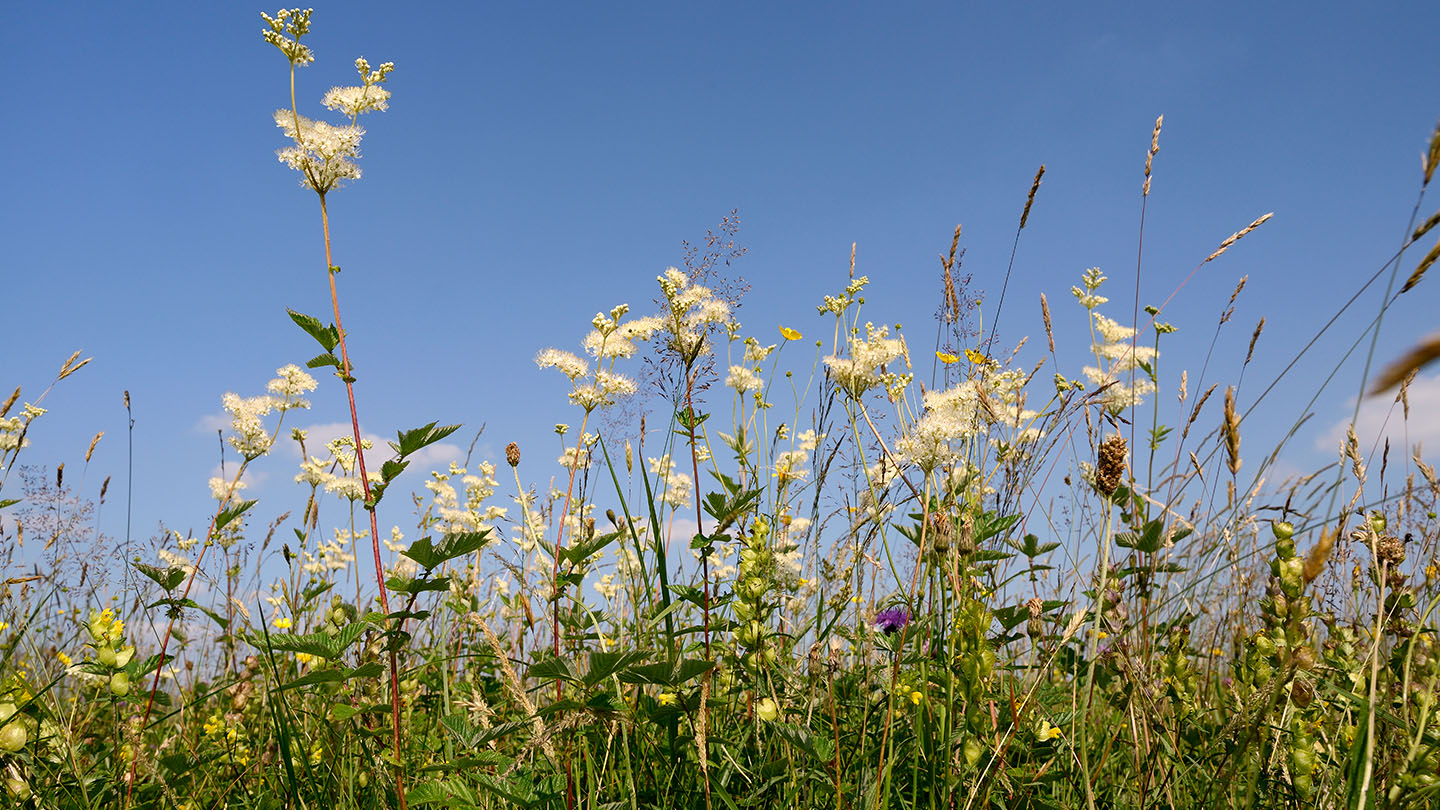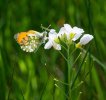Looking in the big book Flora Britannica, Richard Mabey…
“Viper's-bugloss, Echium vulgare, is a viperish plant in all its parts. The sprays of flowers that spiral up the stem are half-coiled; the long red stamens protrude from the mouths of the blue and purple flowers like tongues; the fruits resemble adders' heads. Even the 'speckled' stem (it is hairy in fact) suggested snakes' skins to early herbalists. Viper's-bugloss prefers dry, sandy soils and can put on spectacular shows of colour. Carl Linnaeus adored fields of Echium, 'surpassing in splendour anything that can be imagined' Part of the Marske sand-dunes in Yorkshire is called 'the Blue Mountain', because of the abundance of bugloss.? It will grow on bare or disturbed patches of chalk grassland (on Salisbury Plain, on old tank-tracks especially)' and is prolific in the East Anglian Breckland, lining open forest rides in company with weld (see p. 157).
It also seems able to colonise and tolerate polluted soils, and I have seen sweeps of it growing from tar-contami-nated concrete in an abandoned gasworks at Beckon in east London. It has even found its way to Australia and America: 'I have read that in parts of the USA it is known as Blue devil. And an Australian friend saw a picture of viper's bugloss. "Crikey, we've got that. It's Paterson's Curse."

